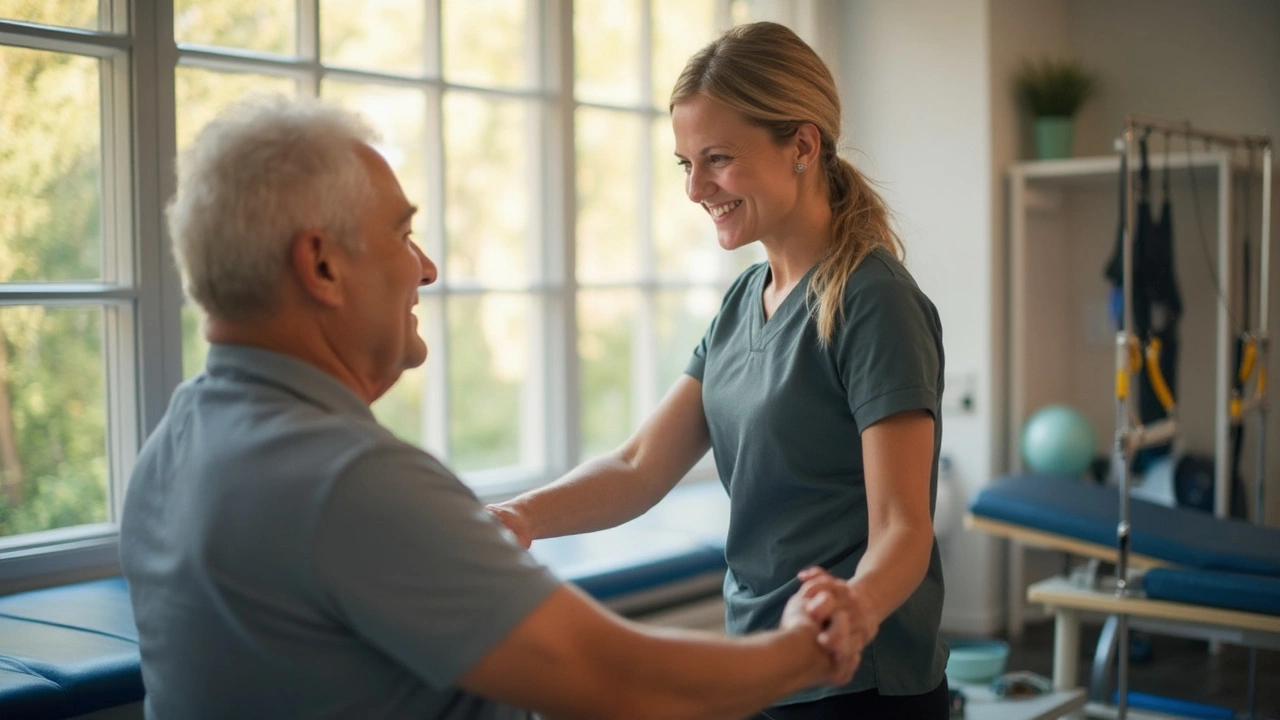Exercise Tips to Boost Your Therapeutic Massage Benefits
Ever wonder why you feel great after a massage but the joy fades a few days later? The missing link is often easy exercise. Adding a few simple moves to your routine helps keep muscles loose, improves circulation, and makes the next session even more effective.
Why Light Exercise Works After a Massage
Massage releases tension and increases blood flow. When you follow that with gentle activity, you lock in the fresh oxygen and nutrients that were just delivered. Light walking, basic stretches, or low‑impact cardio move the liquid around, preventing it from pooling in the same spots.
Doing something active also tells your nervous system that the body is safe to move. That reduces the chance of soreness returning, and it helps the brain register the relaxation you just earned.
Three Easy Moves to Try Right After Your Session
1. The 5‑Minute Walk – Step outside or walk around your home for five minutes. Keep a relaxed pace and swing your arms naturally. This simple walk keeps the blood moving without stressing the muscles you just had worked on.
2. Neck & Shoulder Stretch – Sit tall, drop your right ear toward your right shoulder, hold for 15 seconds, then switch sides. Follow with gentle shoulder rolls, ten forward then ten backward. These moves release any lingering tightness in the neck and upper back.
3. Hip Flexor Stretch – Kneel on one knee, other foot flat in front, and gently push hips forward while keeping your back straight. Hold for 20 seconds each side. This opens the hips, a common spot where tension builds after a deep back massage.
All three can be done in under ten minutes and need no equipment. The goal is to stay moving, not to push yourself hard.
If you have a specific condition, like lower‑back pain or shoulder injury, adapt the moves to stay within a pain‑free range. Your therapist can show you variations that match your needs.
Besides these post‑massage moves, consider adding a regular low‑impact routine, like yoga, swimming, or cycling, a few times a week. Consistency builds flexibility, supports joint health, and makes each massage feel more like a boost rather than a fix.
Remember, the best exercise plan is the one you enjoy. If a walk with a friend or a short online video class makes you smile, you’re more likely to stick with it. Pair that with regular massages, and you’ll notice better mobility, less chronic ache, and an overall sense of well‑being.
Got a question about which exercises suit your massage goals? Drop a comment or ask your therapist at the next appointment. Small steps every day add up to big results.

Understanding Physiotherapy Treatments: What Are They For?
Physiotherapy is crucial for treating various physical conditions, injuries, or illnesses, aiming to enhance mobility and manage pain. It's common in post-surgery recovery and chronic condition management. With personalized plans including exercises, manual therapy, and advice, it promotes faster recovery. Whether it's a sports injury or arthritis, understanding the basic aspects of physiotherapy can lead to better health outcomes.
Categories: Physiotherapy
0
